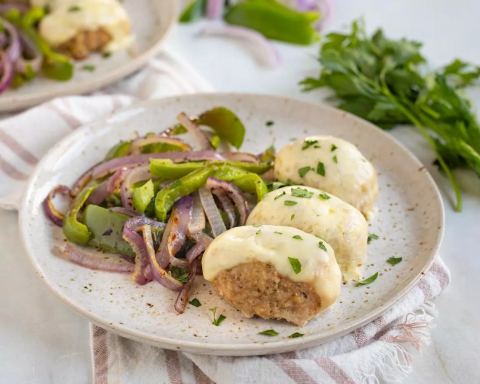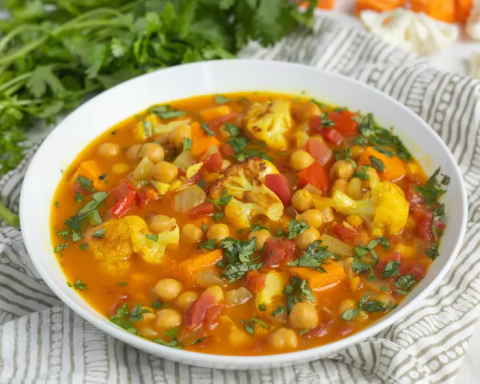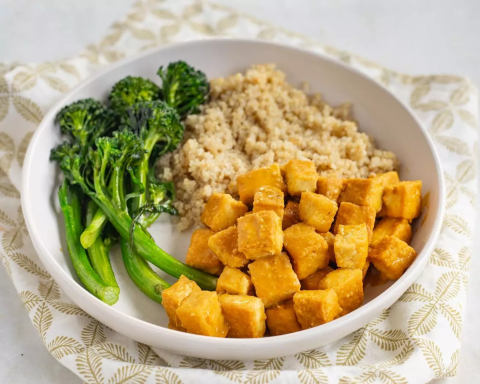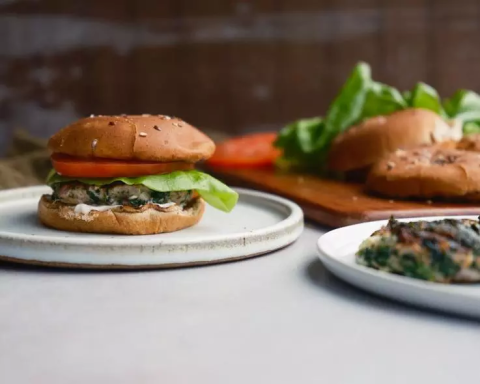
Designing Meals for Each Eating Pattern
There are different eating patterns that have been shown to help people with diabetes manage it. Making informed food choices doesn’t need to take a lot of time. With some meal planning and prepping, you can make meals ahead time with just a few recipes and one trip to the grocery store. You can even make all the recipes at once and store them in the fridge for grab-and-go meals all week.
You’ve Got Options
Many people think living with diabetes means you have to follow a special “diabetes diet.” The truth is, there are lots of different eating patterns that can help you manage diabetes, and your eating plan should include your favorite foods. A little planning of meals and managing portions will help you eat well and create well-balanced meals. The Diabetes Plate is a great roadmap for your eating plan. Diabetes Food Hub can be a great tool for meal prepping! Learn how to find recipes, use the meal planner, and generate a grocery list to make planning, shopping, and preparing healthy meals a snap! Whichever eating plan you are following (all listed below), we have tips and recipes for you.
Meal Patterns for Managing Diabetes
Low-Carb
If you choose to follow a low-carb meal pattern, your carbs are reduced to 26–45% of your total calories and include:
- Non-starchy vegetables (broccoli, cauliflower, carrots, green beans, tomato, cucumber, celery, onion, bell pepper)
- Lean protein (white meat, poultry, fish, shellfish, eggs, cheese, nuts, and seeds)
- Healthy fats (vegetable and avocado oils)
*Note there are limited amounts of quality carbohydrates in this plan (fruits, starchy vegetables, grains, yogurt, and milk)
This Creamy Coriander Chicken & Cauliflower recipe is low in saturated fat and a good source of fiber (both of which can be hard to get in a low-carb diet) but packed with protein and flavor. Have with a side of non-starchy vegetables to help keep the carb content low in this meal.

Very-Low-Carb
This eating pattern is like a low-carb pattern, except it reduces the amount of carbs consumed to 26% or less of your total calories. This pattern often has a goal of 20–50g of carbs that’s low in fiber each day. It includes similar foods listed in the low-carb pattern, but the amount of carbs will be lowered further and more than half the calories will come from fat:
- Non-starchy vegetables (broccoli, cauliflower, carrots, green beans, tomato, cucumber, celery, onion, bell pepper)
- Lean protein (white meat, poultry, fish, shellfish, eggs, cheese, nuts, and seeds)
- Healthy fats (vegetable and avocado oils)
*Note, there are very limited amounts of quality carbohydrates in this plan (fruits, starchy vegetables, grains, yogurt, and milk)
This Sheet Pan Cheesy Mini Meatloaves with Bell Peppers & Onions recipe meets the guidelines for a very-low-carbohydrate eating plan and is low in fat. Add steamed green beans to complete your Diabetes Plate.

Mediterranean Style
The Mediterranean style eating pattern focuses on plant-based proteins and limits the use of red meat. This pattern includes:
- Non-starchy vegetables: broccoli, cauliflower, carrots, green beans, tomato, cucumber, celery, onion, bell pepper
- Lean Protein: fish and other seafood, nuts and seeds (also can be a source of healthy fat). Use fewer than four eggs/week
- Quality carb foods: starchy vegetables, beans, fruits, and whole grains
- Dairy products (mainly yogurt and cheese) two-three servings/day
- Use Olive oil in recipes as the main source of dietary fat
*Note that red meat is used in low frequency and amounts
This pattern also includes aspects of a Mediterranean lifestyle enjoying meals with friends and family. Mediterranean food includes food from countries all around the Mediterranean Sea, including Southern Europe, the Middle East, and North Africa.
This Curried Chickpea Stew with Roasted Vegetables recipe is a plant-based dish packed with vegetables. Pair it with a tossed spinach and slivered almonds side salad drizzled with an olive oil and vinegar dressing.

DASH
DASH stands for dietary approaches to stop hypertension. It is a heart-healthy, lower sodium eating pattern that focuses on:
- Non-starchy vegetables: broccoli, cauliflower, carrots, green beans, tomato, cucumber, celery, onion, bell pepper
- Lean protein: poultry, fish, beans, and nuts
- Quality carb foods: starchy vegetables, beans, fruits, and whole grains
- Low-fat dairy products
*Note this pattern is reduced in use of saturated fat, red meat, sweets, and sugar-containing beverages. This pattern also may also be reduced in sodium further.
This Budget-Friendly Roasted Veggie Tacos recipe is both a DASH and vegetarian dish that is heart healthy. Enjoy the taco with a side salad that includes sliced tomatoes and cucumbers.

Vegetarian or Vegan
These are both plant-based eating patterns that focus on foods with vitamins, minerals, and other nutrients like fiber to help you reach your health goals. People who have a vegetarian eating plan do not eat any meat but may have non-meat animal-based foods, like dairy—while those who have a vegan eating plan will not eat any animal products (including non-meat foods like milk, cheese, or honey).
A vegetarian or vegan eating plan includes:
- Non-starchy vegetables: broccoli, cauliflower, carrots, green beans, tomato, cucumber, celery, onion, bell pepper
- Lean protein: beans, lentils, tofu, nuts and seeds. Note that some plant-based proteins also contain carbs. Eggs and cheese may be included in a vegetarian plan.
- Quality carb foods: starchy vegetables, fruits, and whole grains
Whether you have a vegetarian/vegan eating plan or just want to try a plant-based meal, this Tofu with Peanut Sauce, Broccolini, and Quinoa recipe is sure to satisfy. Plus, it’s an all-in-one meal, with protein, fiber, healthy fats, and lots of vegetables!

Low-Fat
A low-fat eating pattern focuses on keeping the grams of fat to 30% of your total calories or lower and saturated fat intake to less than 10%. This eating pattern includes plant-based foods and animal proteins that are lean or lower in fat, such as:
- Non-starchy Vegetables: broccoli, cauliflower, carrots, green beans, tomato, cucumber, celery, onion, bell pepper
- Lean protein sources (fish, skinless chicken and turkey breast, beans and lentils)
- Quality Carbohydrates (whole grains, starchy vegetables, whole grain breads/crackers, pasta fruit, and low-fat milk or yogurt)
This Spinach Feta Turkey Burger recipe is low in fat. Use a whole grain bun and top the burger with sliced tomato. Serve with steamed broccoli to complete your Diabetes Plate.

Meal prep time saving tip: You could make any of these recipes for dinner and pack the leftovers for lunch the next day. Or make the recipes on Sunday and pack them into grab-and-go containers for lunch throughout the week.
With a free Diabetes Food Hub account, you can like or save these recipes and any others you want to try, add them to your meal planner, then select “Generate Grocery List” to make shopping a snap. You can add, edit, or delete items on the list as needed.














